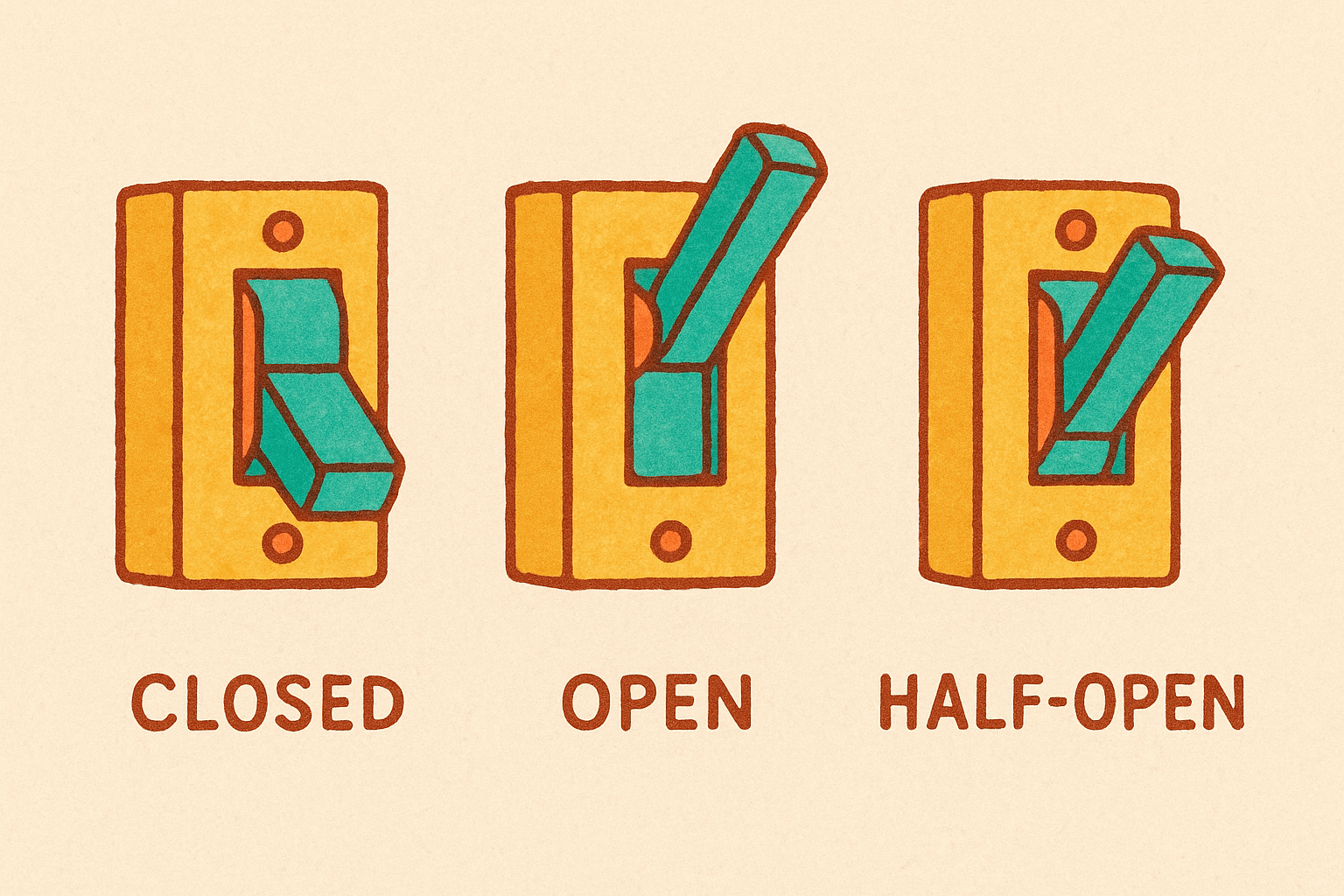WAF Circuit-Breaker Pattern
July 7, 2025•263 words•2 min read•
azure
design patterns
reliability
performance efficiency
self healing

| Category | Description | WAF Description |
|---|---|---|
| What | A stability pattern that prevents an application from repeatedly trying operations likely to fail, by temporarily halting calls to a service when failures cross a threshold. | Improves resilience and availability by isolating faults and preventing cascading failures, allowing systems to self-heal and recover more gracefully. |
| Used with | External service calls, remote APIs, or downstream systems that may experience intermittent issues or outages. | Enhances reliability and cost optimization by avoiding unnecessary retries and resource waste during failure conditions. |
| When | When you want to safeguard systems against persistent failures and prevent them from overwhelming dependent services or consuming excessive resources. | Supports operational excellence and performance efficiency by enabling fallback paths and reducing latency during degraded service states. |
| Not Suitable For | Scenarios where failures are rare or short-lived, or when retrying has minimal impact; may add unnecessary complexity if not needed. | May introduce delays or false negatives if thresholds are too aggressive, impacting performance and user experience if not configured or monitored properly. |
| Related To | Retry Pattern, Timeout Pattern, Bulkhead Pattern, Fallbacks, Resilience Strategies. | Reliable Web App pattern, Retry pattern, Health Endpoint Monitoring Pattern |
A basic implementation of the Circuit-Breaker Pattern can be found here.
The full WAF description of the pattern can be found here.